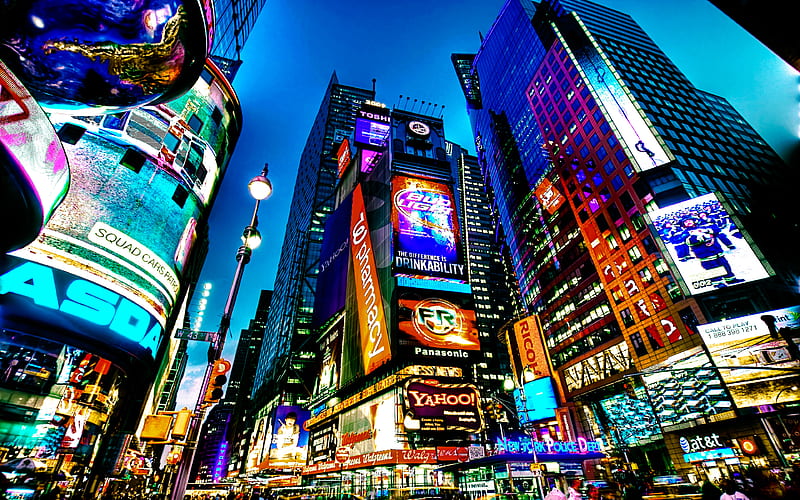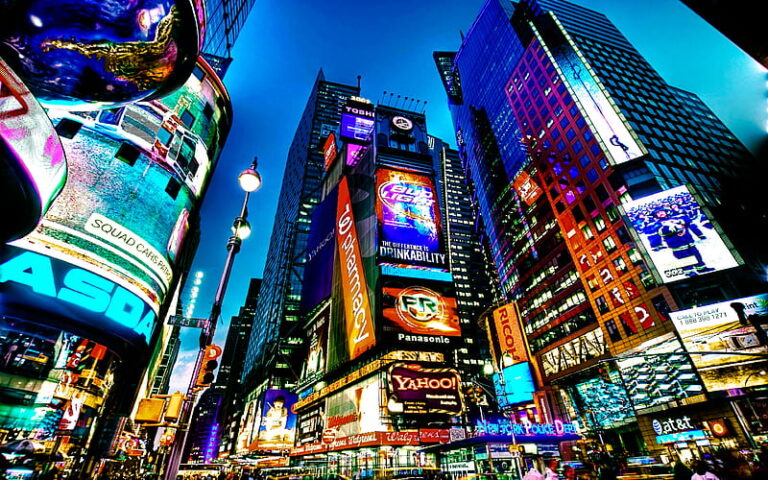Viewpoint: More housing is needed in New York. A workable solution is approaching.
New York State may establish a Social homes Development Authority to handle the construction of affordable homes instead of only depending on private developers.
You are aware by now that there is a housing problem. During the past ten years, housing costs have increased by 68%. The high cost of living has led to a taxpayer exodus and increased homelessness management expenses. We are headed toward a tipping point where working families will find the city intolerable due to out-of-control housing costs, which will sap the vitality from the city’s business and culture.
Leaders in the state and city are aware of this issue. In an effort to increase the supply of homes throughout the state, Gov. Kathy Hochul put out a comprehensive homes Compact proposal last year. Even though the state hasn’t been able to meet such lofty housing targets, we shouldn’t give up. Rather of depending solely on private developers and inefficient tax exemptions such as 421-a, we can consider the most economical and efficient option: the establishment of a Social Housing Development Authority.
Assembly Member Emily Gallagher and state Sen. Cordell Cleare are about to introduce a bill to create a new Social Housing Development Authority for New York state. “After a half century of subsidizing developer profits, it’s clear that the private sector is incapable of producing permanently affordable housing at the scale necessary to meet this crisis. Drawing on our vibrant legacy, the Social Housing Development Authority can create and preserve beautiful, sustainable and democratically-controlled homes for New Yorkers, built with union labor,” the lawmakers said.
The current situation is terribly inefficient. The private developers who are actually developing housing but primarily for the upper end of the market are the main source of support for our current system. New York City added about 175,000 homes between 2017 and 2021, according to the city’s most recent housing survey. However, developers overbuilt for the wealthy, resulting in an over 12% vacancy rate for high-rent apartments (above $2,300/month), compared to a less than 1% vacancy rate for low-rent apartments (under $1,500/month).
Current evaluations of 421-a show that the developer tax break’s return on investment is grossly disproportionate to the quantity and quality of affordable units created. Program expenses have skyrocketed by more than 1200% since 1990, but the supply of affordable units has only expanded by 540%. Rather than solely providing incentives to profit-driven private developers to provide the necessary housing, New York has the capacity to construct housing itself, a task that the Social Housing Development Authority will undertake.
Ultimately, it is more efficient to have one authority oversee all of the pieces of housing policy – acquisition, financing, zoning, construction and more – than to have a mishmash of federal, state, local and private actors all making things more complicated, expensive and politically impossible for all players involved. Having a single authority in charge of building the housing we need would allow the state to wield economies of scale, issue bonds that could attract union pension investors and override exclusionary zoning. Simply put, this authority could develop a range of social housing from financing co-ops to building public housing outright.
The three main components of social housing are resident control, social equality, and decommodification. Although this may sound idealistic, New York currently has the most amount of it in the entire nation. Several of the city’s most well-known and prosperous apartment buildings, such as Penn South in Chelsea and Co-op City in the East Bronx, serve as examples. The Mitchell-Lama Program, which was enacted into law in 1955, contributed to the development of thousands of co-ops and rental units that are now landmark buildings in their respective communities. Examples of these buildings include Manhattan Plaza in Midtown, Dayton Towers in Rockaway Beach, Cadman Towers in Brooklyn Heights, and 1199 Plaza along the Harlem River in Manhattan.
New York once had a successful social housing development authority – the Urban Development Corporation. Between 1968 and 1975, it helped develop over 33,000 homes, many of which were social housing, including Marcus Garvey Park Village, Schomburg Plaza and all of Roosevelt Island. Some of the busiest eras for construction of mass housing in New York were state-led social housing booms. We have more social housing than anywhere in the country (), but it is still nowhere near enough, especially compared to other cities like Singapore where the number is more like That’s why other cities and states are experimenting with their own measures: Seattle recently passed a ballot resolution creating a Social Housing Authority, and Rhode Island and Hawaii are getting closer to creating their own.
New York is the densest city in the U.S. and one of the most diverse, in large part because of its social housing; it’s time to lead the way again. New Yorkers of all stripes will benefit if the state Legislature passes the forthcoming social housing development authority bill.


